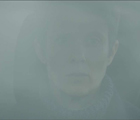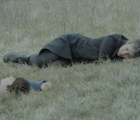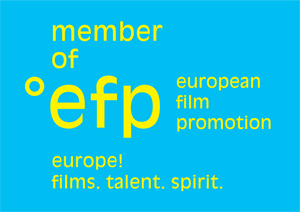Mother (Film) (second feature) (Mama)
by Vlado Skafar
original title:
Mama
directed by:
cast:
Nataša Tič Ralijan, Vida Rucli, Gabriella Ferrari, Pierluigi Di Piazza
screenplay:
cinematography:
editing:
set design:
producer:
Igor Princic, Frenk Celarc
production:
Gustav Film, Transmedia, supported by Ministero della Cultura, SCCA/Pro.ba, with the support of Eurimages, SFC, Media, Friuli Venezia Giulia Film Fund
country:
Slovenia/Italy/Bosnia
year:
2015
film run:
90'
format:
DCP - colour
festivals & awards:
- FIDMarseille 2016: Parallel Screenings
- IFFR - International Film Festival Rotterdam 2016: Bright Future
- Sarajevo Film Festival 2016: BH Film
A mother takes her self-destructive daughter to a deserted village in a foreign country and locks her in a house in the middle of nowhere. She takes her away from everything in order to bring her back to life. What begins as a mother’s desperate attempt to save her child turns into an increasingly miraculous spiritual adventure, restoring the deep feelings of life within her.
DIRECTOR'S NOTES:
The long journey of the Mother has been characterised by two words: pain and beauty. These everyday, but nevertheless powerful words have appeared and resounded at every step: in the first images, materialising from nothing - from the word ‘mother’ itself; during meetings with the cast - the first contact became painful and beautiful, as pain, when not avoided and when enough room opens up in front of it, always becomes beauty. During the first stroll by the mountain creek, one of our cast members, Gabriella, uttered the words that described our journey exquisitely: “There is too much suffering around suffering. Suffering needs beauty.”
The film combines different notions of reality and imagination, from partly documentary to fantastic and phantasmagorical sequences. These somewhat magical scenes and images are sometimes a figurative representation of her inner feelings, depicting her feelings as becoming one with the world. Otherwise these scenes also represent the notion of how the world (people around her, but also nature and her surroundings) sees and feels her, showing not only that she is falling in love with the world but also – if I may say so – that the world is falling in love with her (for example, in the scene where she starts playing with little girls her hair is gradually adorned with flowers and her face softly painted with colours, so that she resembles a kind of a sacred icon).






